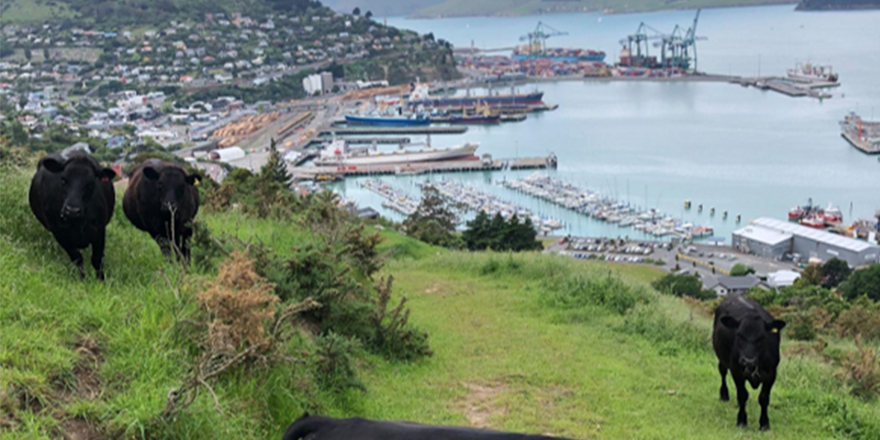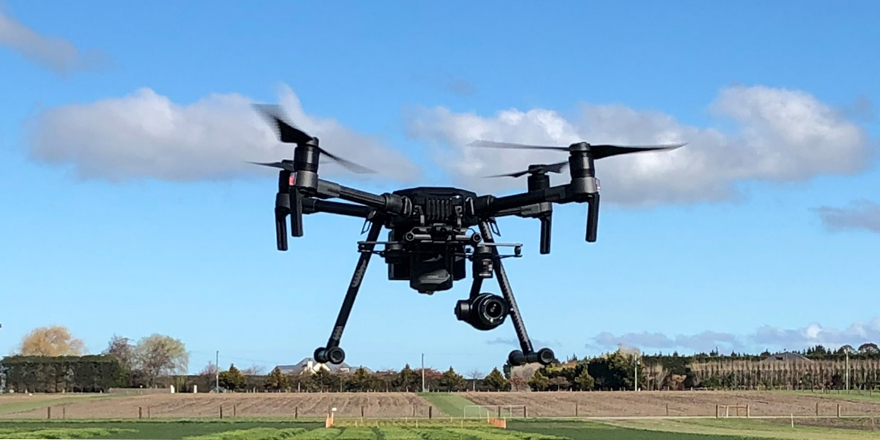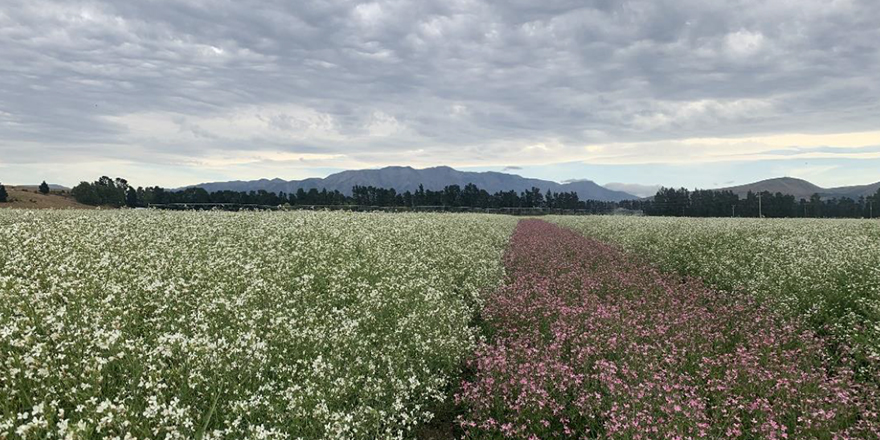Executive summary
The New Zealand government wishes to double exports by 2025. To do this they wish to increase exports from agricultural sectors to $64 billion. To help, the government has invested in Primary Growth Partnership Programmes to advance science and farm system changes. This includes improving farm management systems.
The genetic and genomic potential in the New Zealand red meat sector industries are vast and often untapped by the commercial farmer. Two key issues overlooked by the industry are;
- Understanding and utilisation of breeding values by the commercial farmer is limited, and
- The ability to benchmark own key production indicators against the genetic potential of sires is lacking in farm management systems.
Here a farm genetic plan for commercial enterprise is explained and tested on three commercial farmers. The model aims to quantify the genetic merit of the commercial flock, align the genetic merit of the flock with key performance indicators, and identify and evaluate options for improvements and/or changes within the commercial operation.
Ram team/purchases and ewe population structure was combined with Sheep Breeding Limited breeding value data to estimate genetic merit of rams, ewes and lambs within a commercial flock. Estimates of genetic merit of key traits; weaning weight (WWT), carcass weight (CWT), number of lambs born (NLB) and survival (SUR) were reported. Performance data from the commercial flock was used to calculate production statistics for reproduction (lambs tailed per ewe mated and survival from pregnancy scanning to tailing) and growth (to weaning and slaughter). Production statistics were compared against the estimates of genetic merit; tailing percent with NLB, survival with SUR, growth to weaning with WWT and growth to slaughter with CWT.
Meetings were set up with each farmer to discuss the model, clarify inputs and explain results. Feedback was sought on the model, gathering of data, result presentations and overall thoughts. The idea of a “genetic plan for commercial enterprise” was well received. All farmers were enthusiastic about the whole process. Gathering of historical data was difficult and not complete for all farms. None of the farmers knew actual ram teams used, information had to be sourced from the breeding company involved. This proved to be one limitation of the model, however, all farmers were happy with assumptions used to fill in gaps.
The main recommendation suggested by all three farmers was, that for first time users a consultant or qualified person should be used. Interpretations of the results varied and incorrect generalisations were made that could be corrected by the consultant before any decisions are made by the farmer. Overall, all t farmers enjoyed and benefited from the exercise, with a willingness to perform the exercise again the next year.
The next steps of this project are to refine the model and develop it into an online programme/application for use by consultants, breeders and commercial farmers. Finally, there is the potential to modify and extend this model to the deer and beef cattle industries.
Natalie Pickering



